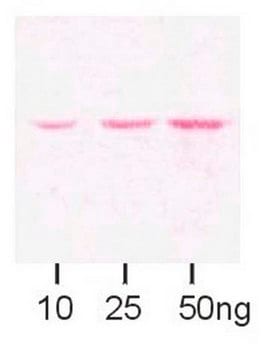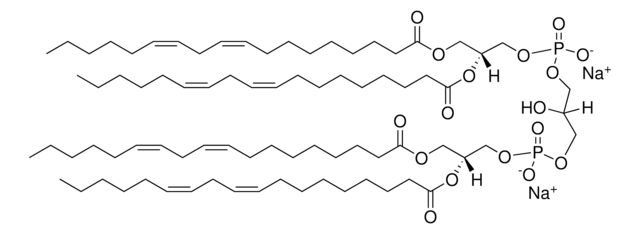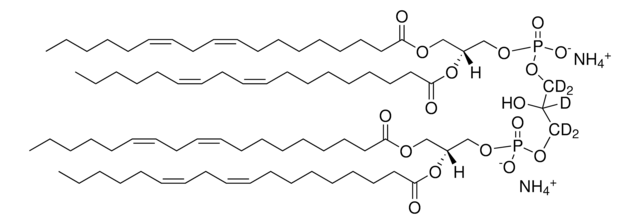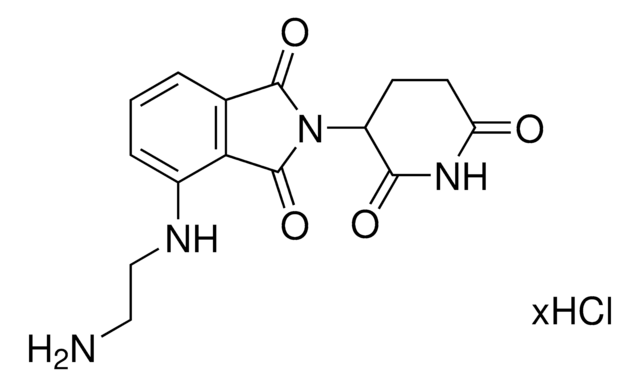ABS1644
Anti-DsbA-L
from rabbit
Sinónimos:
Glutathione S-transferase kappa 1, EC:2.5.1.18, GST 13-13, GST class-kappa, GSTK1-1, mGSTK1, Glutathione S-transferase subunit 13
About This Item
Productos recomendados
biological source
rabbit
antibody form
unpurified
antibody product type
primary antibodies
clone
polyclonal
species reactivity
mouse, human
packaging
antibody small pack of 25 μL
technique(s)
immunocytochemistry: suitable
immunoprecipitation (IP): suitable
western blot: suitable
isotype
IgG
NCBI accession no.
UniProt accession no.
shipped in
ambient
target post-translational modification
unmodified
Gene Information
mouse ... Gstk1(76263)
Categorías relacionadas
General description
Specificity
Immunogen
Application
Western Blotting Analysis: A representative lot detected DsbA-L in mouse brain, mouse kidney, and mouse liver (Liu, M., et. al. (2008). Proc Natl Acad Sci USA. 105(47):18302-7; Lui, M., et. al. (2015). J Biol Chem. 290(16):10143-8).
Immunoprecipitation Analysis: A representative lot detected DsbA-L in 3T3-L1 adipocytes (Liu, M., et. al. (2008). Proc Natl Acad Sci USA. 105(47):18302-7; Lui, M., et. al. (2015). J Biol Chem. 290(16):10143-8).
Immunocytochemistry Analysis: A representative lot detected DsbA-L in adipocytes on differentiation day 7 were used for the following studies. confocal immunofluorescence study of DsbA-L co-localization with the mitochondrial marker (MitoTracker) and the ER marker (PDI) in 3T3-L1 adipocytes (Lui, M., et. al. (2015). J Biol Chem. 290(16):10143-8).
Signaling
Quality
Western Blotting Analysis: A 1:1,000 dilution of this antibody detected DsbA-L in 10 µg of mouse kidney tissue lysate.
Target description
Physical form
Storage and Stability
Other Notes
Disclaimer
Not finding the right product?
Try our Herramienta de selección de productos.
wgk_germany
WGK 1
Certificados de análisis (COA)
Busque Certificados de análisis (COA) introduciendo el número de lote del producto. Los números de lote se encuentran en la etiqueta del producto después de las palabras «Lot» o «Batch»
¿Ya tiene este producto?
Encuentre la documentación para los productos que ha comprado recientemente en la Biblioteca de documentos.
Nuestro equipo de científicos tiene experiencia en todas las áreas de investigación: Ciencias de la vida, Ciencia de los materiales, Síntesis química, Cromatografía, Analítica y muchas otras.
Póngase en contacto con el Servicio técnico








